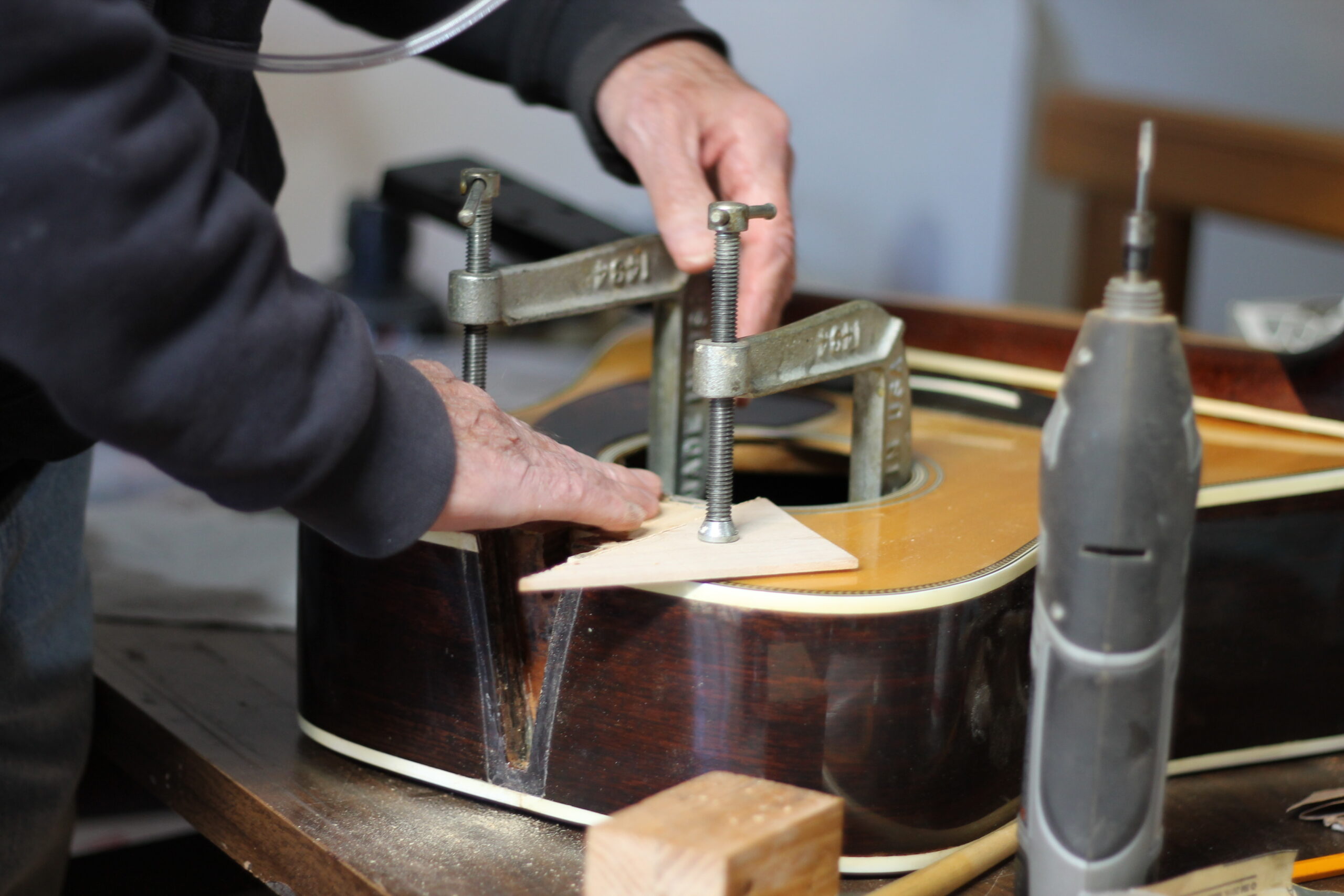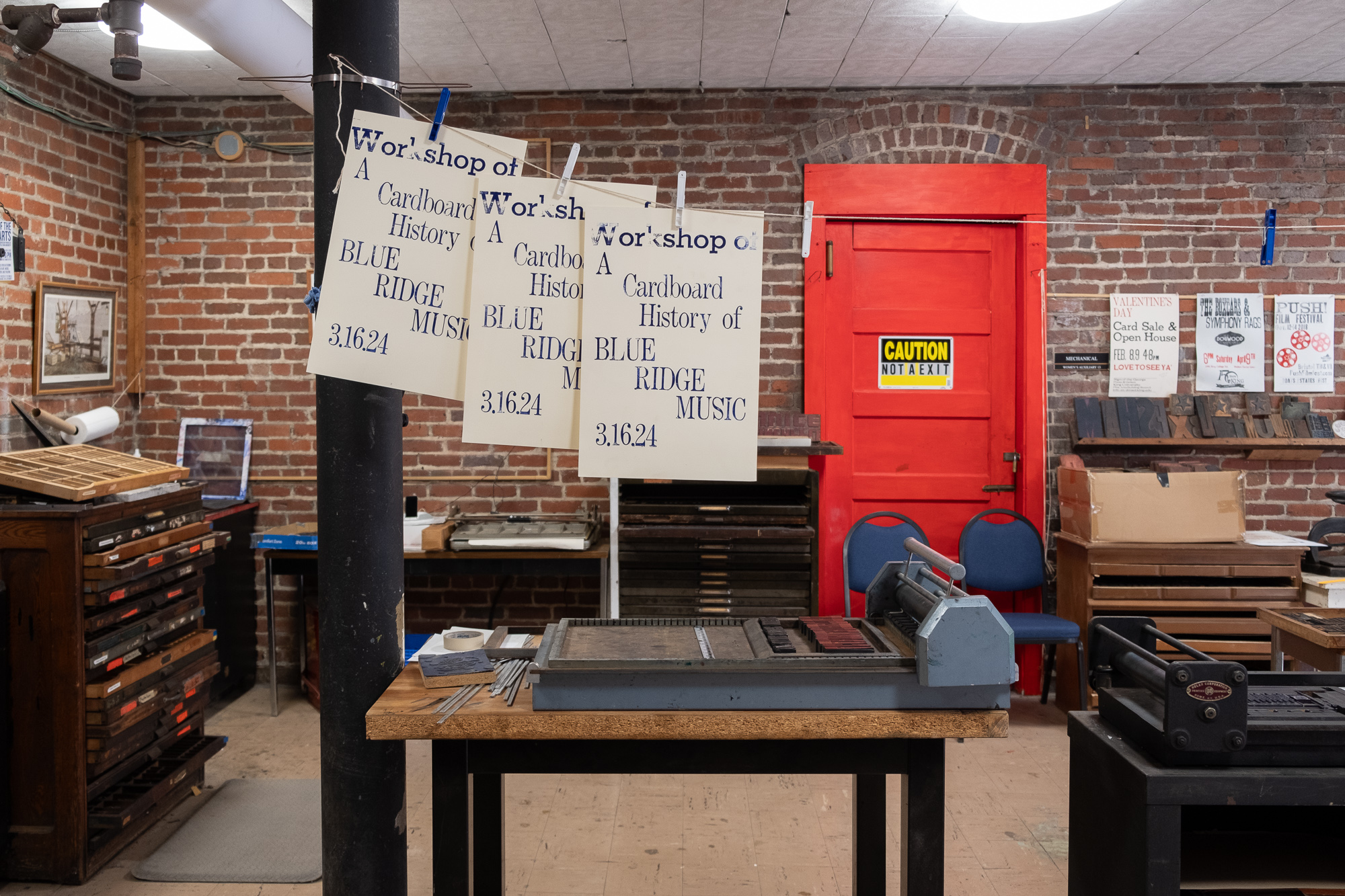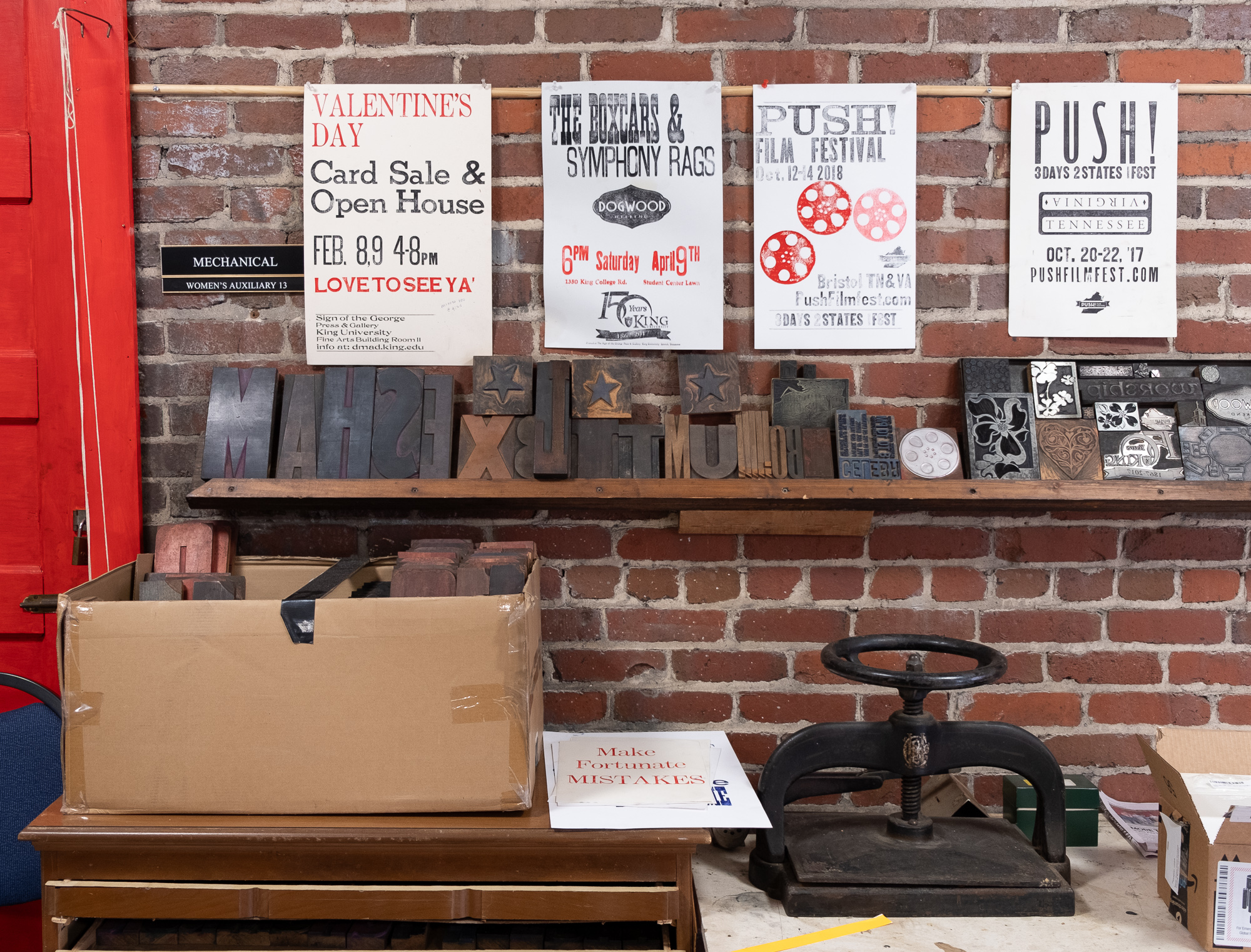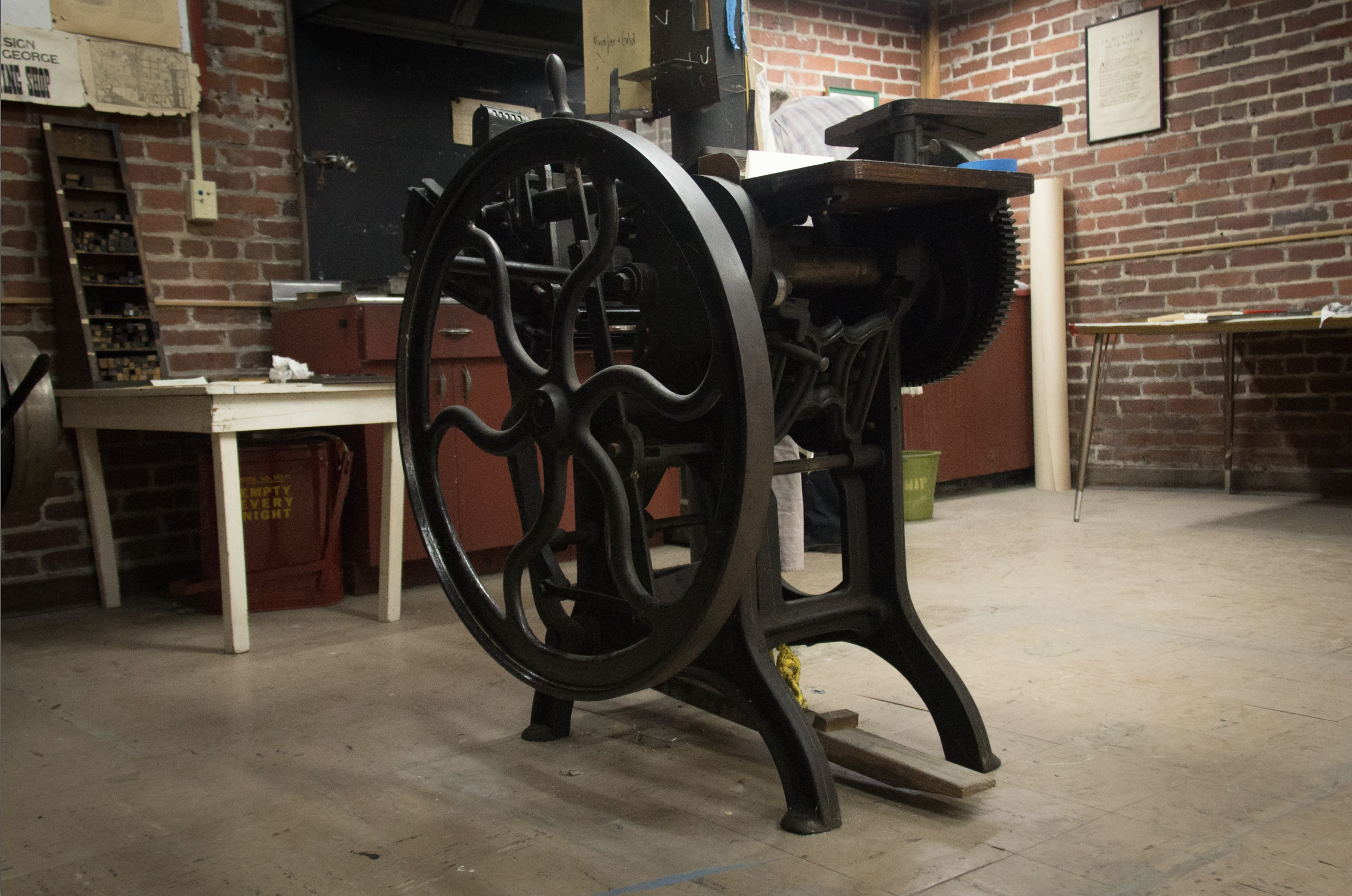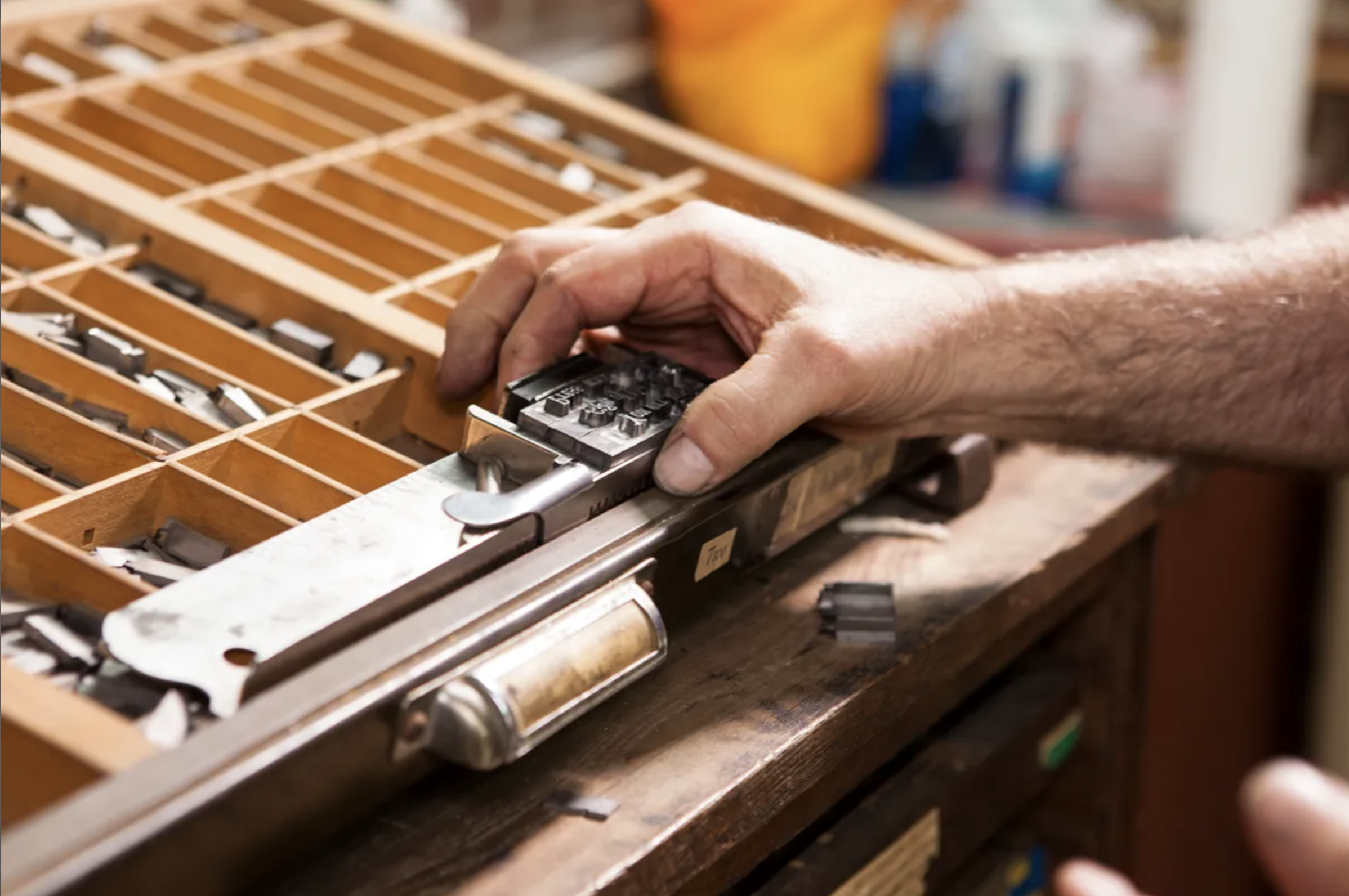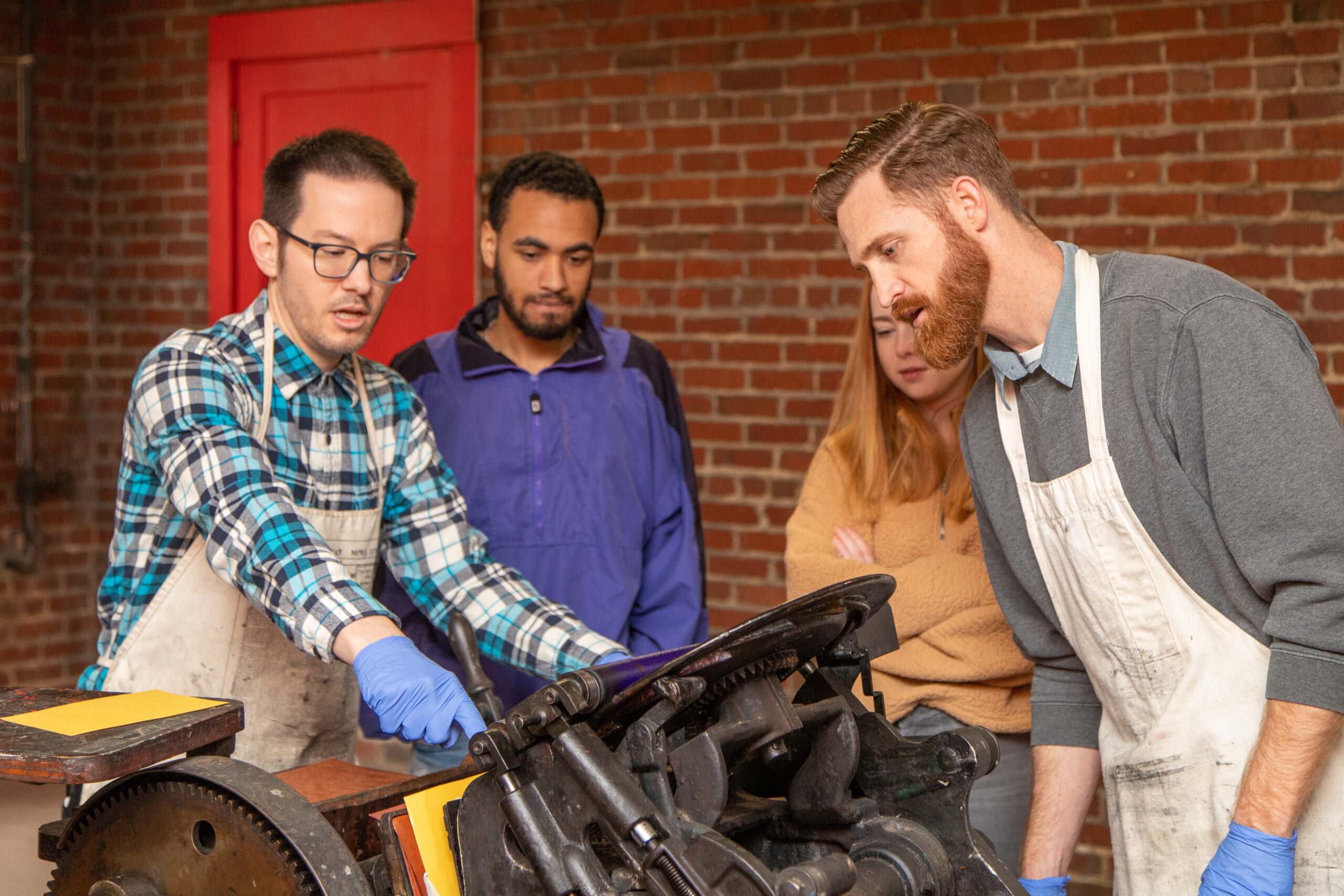By KT Vandyke. KT is a musician, songwriter and luthier who owns and operates Frog Level Guitar Shop located in Bristol, Virginia. KT is also a recipient of the Greater Bristol Folk Arts & Culture Team’s Central Appalachia Living Traditions (CALT) Tradition Bearer Fellowship in 2022-23. This fellowship provides financial support, professional development, and public presentation opportunities for people working in traditional or folk arts and culture.
“Slow down, and move steady.” “Don’t rush, speed leads to mistakes.” I can still hear those words echo in my mind, as I float over my workbench above a 1915 Washburn parlor guitar. It’s been in my shop in need of extensive repairs but at the moment I’m french polishing a coat of shellac on the back to seal some crack repairs. “Don’t stay in one area too long.” “Stay in constant motion.” A variety of little phrases like that will leek their way into my consciousness numerous times throughout any given day, on any given job. Typically they arrive in a voice that isn’t my own. The voice of my former mentor Walter Skip Herman. I still hear the cadence and timbre of his voice during those moments. They’re a part of my daily and personal philosophy, but honestly I don’t think I could get rid of them if I wanted to.
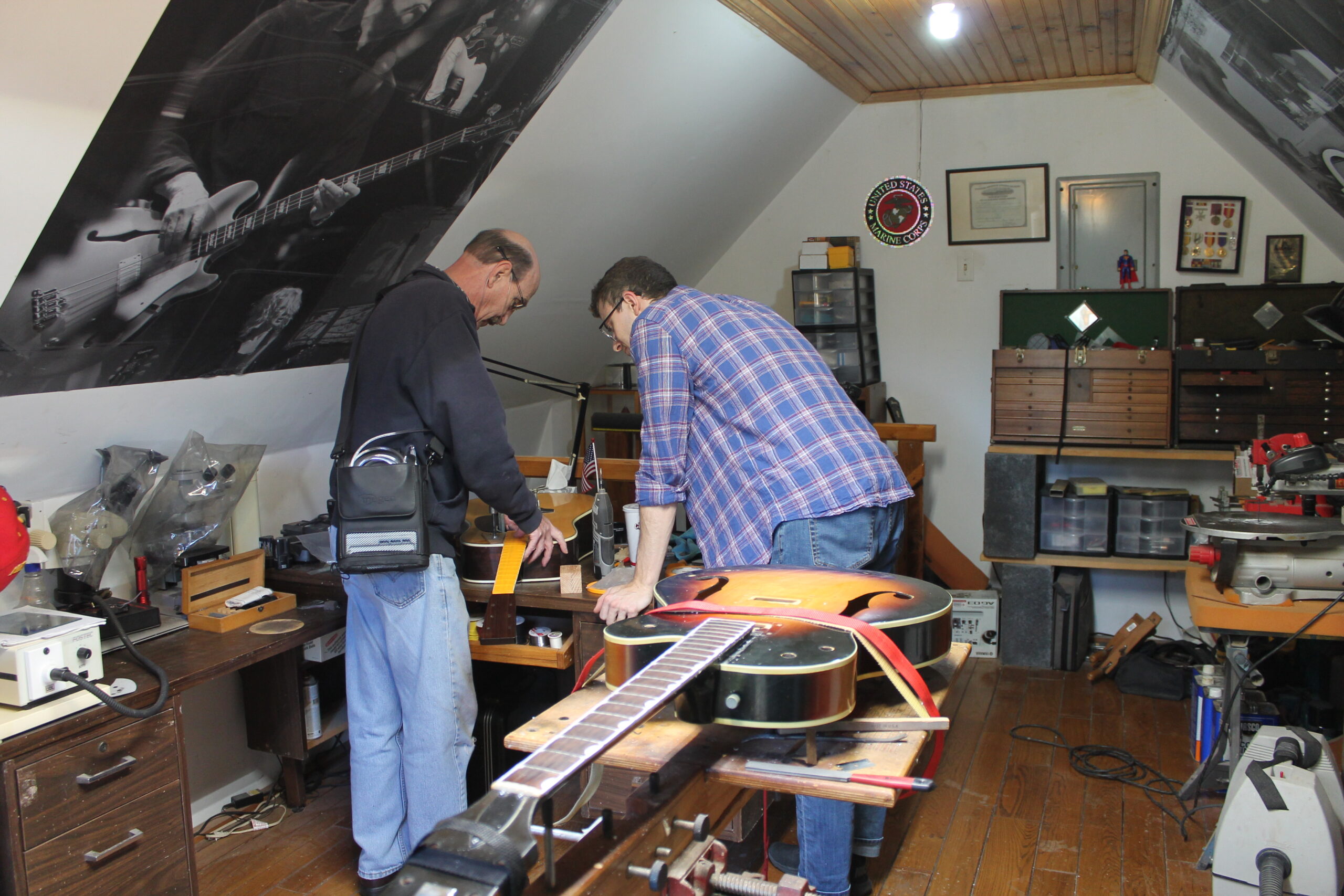
I first met Skip while I was working at Front Row Music in Abingdon, VA. I had been there only a couple months, and Skip, being the resident luthier, would pass through to pick up and drop off various repair jobs that we couldn’t handle in house (which was most jobs). It was there I witnessed the magic he could work on an instrument that was down on its luck. There were a lot of cracks, rewires, and neck resets, but one repair job in particular always stuck out to me. An older lady brought in a 1958 Gibson B25 acoustic guitar that was in dire straits. It had belonged to her late husband who passed it down to his teenage grandson to learn how to play on (the guitar was in near mint condition). The grandson was interested in the guitar but not playing acoustically, so with drill and knife in hand he drilled multiple tone and volume knobs in the top, and input jack, and carved out the sound hole to fit a humbucker pickup. Skip was able to replace the top with a piece of red spruce that was of similar grade and vintage as the original top, reset the neck, refinish and set up the instrument and restored it to a level of quality it hasn’t seen since it left the store it was bought from. I was absolutely flabbergasted at his ability to restore what I would consider a lost cause condemned to a future of an aesthetic wall hanger, or, perhaps far worse, a canvas for a trendy Pinterest art project.
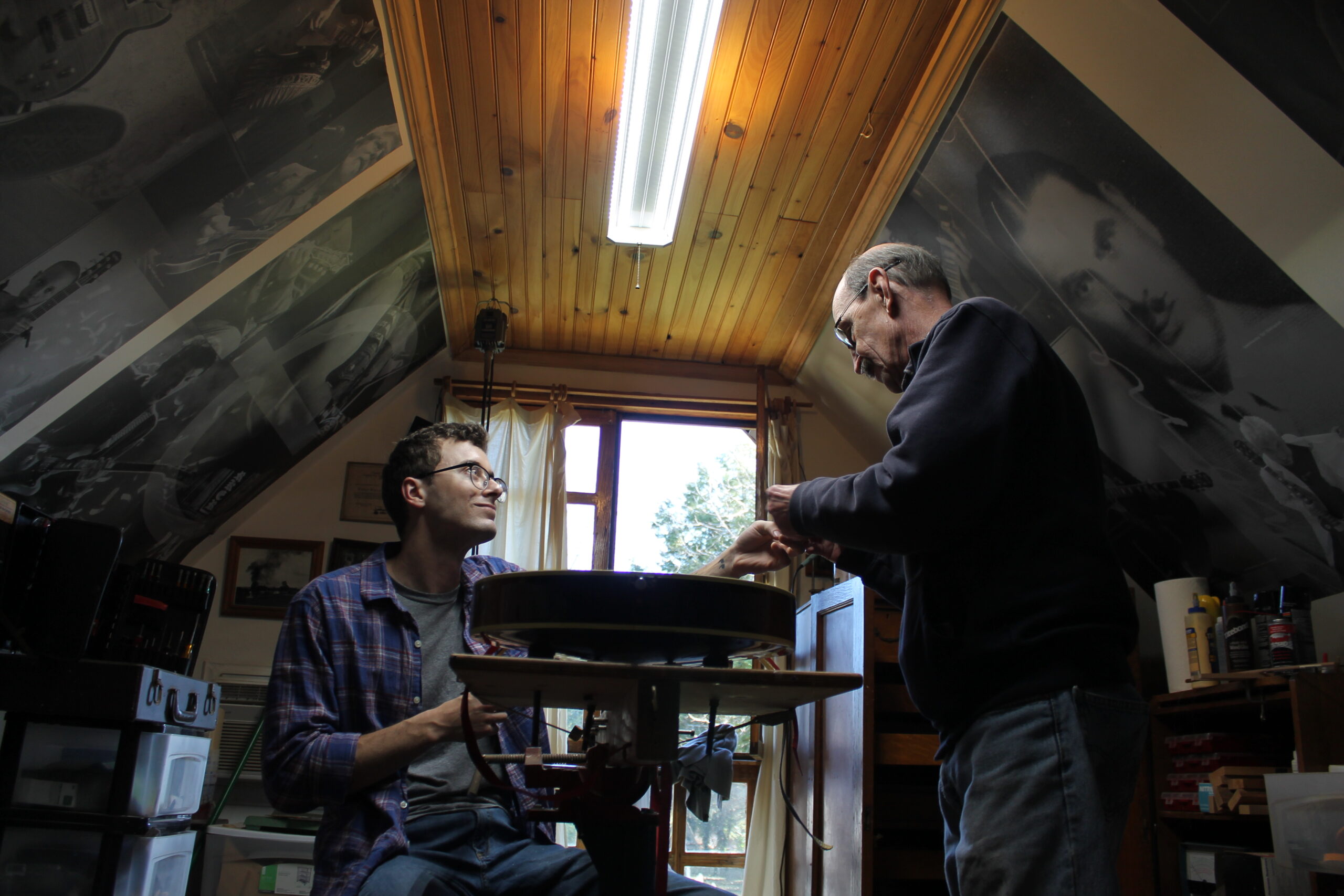
Over the following years, Skip and I struck up an acquaintance that would develop into a very fruitful and lifelong friendship. Skip was a retired petroleum and mechanical engineer, and prior to our meeting, had been searching for an interested party to take over his duties and business for a number of years. He had founded his business Frog Level Guitar Shop, located in Abingdon, VA, around 1984 while spending time on leave from his job on Gulf coast offshore oil rigs. For the better part of three decades he served the greater southern Appalachian Mountain region, performing work for a number of collectors and stores, as well as a notable clientele that ranged from Jackson Brown to Jorma Kaukonen to Tony Rice.

Around the back half of 2016 I began to spend more and more time with Skip in his shop, mainly being an obnoxious fly in the room (compared to the less distressing fly on the wall). That would grow from a weekly endeavor to a daily habit. It was immensely fascinating to witness him work on a wide variety of miracles on numerous dilapidated instruments that came through the door. He would painstakingly walk through each step making sure to answer any long-form question that might pop into my head. I soaked up any tiny morsel of information he would throw my way, much like a sponge in the Sahara absorbing any miniscule molecule of moisture.
This continued until November of 2019, when he reached out to me and announced his official retirement from the trade. He would proceed to make me an offer that would change the trajectory of my life from that moment forward. He offered to sell the business to me, and allow me to work in his shop until I could find proper accommodations (which to my surprise would take well over two years to acquire). Throughout that time frame he was unflinching in his patience and support, always encouraging me to face any hardships head on with a potent and unsympathetic devotion. In April of 2023 I was finally able to construct my own shop space and move Frog Level Guitar Shop from Abingdon to just off Benhams Road in Bristol, VA.
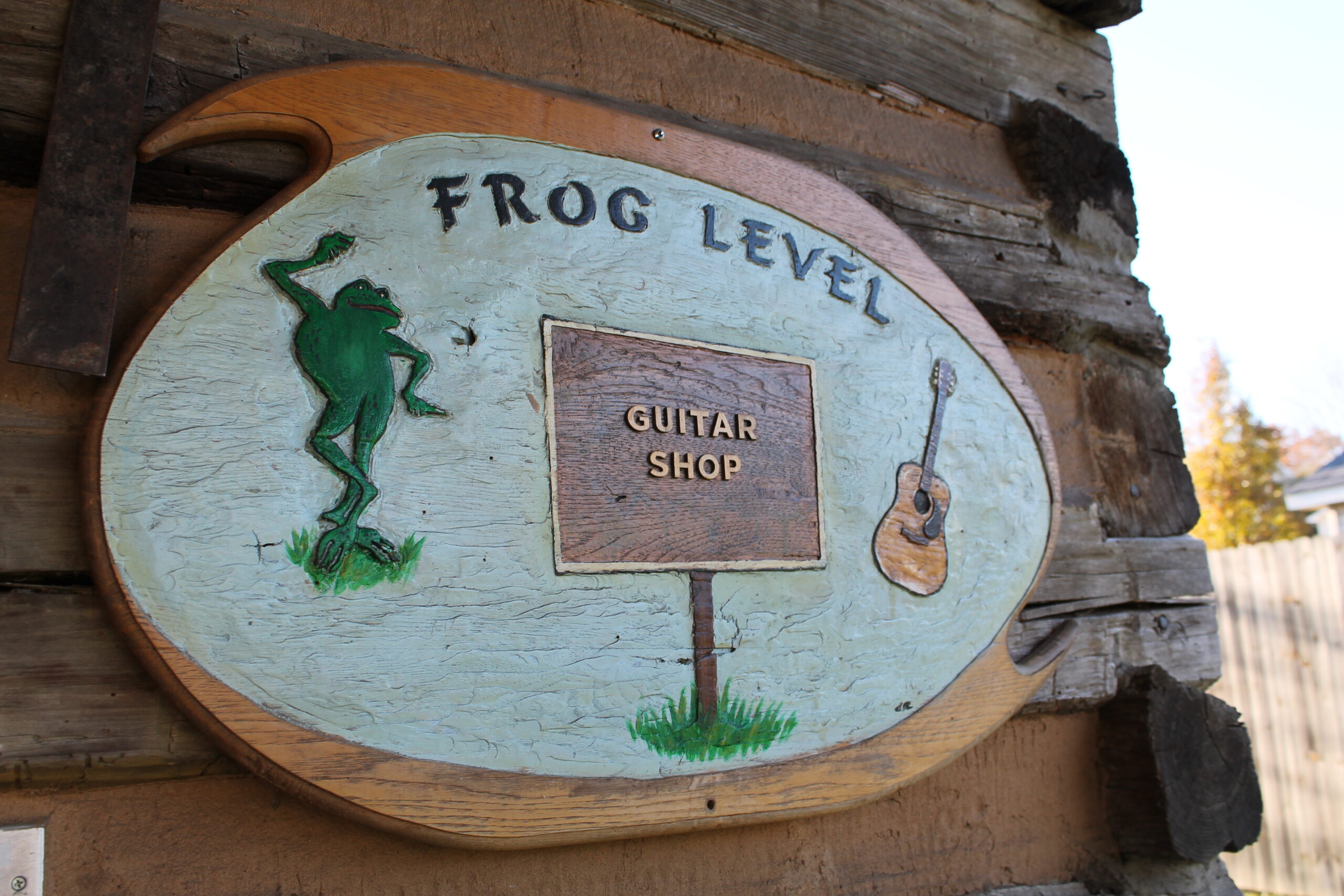
There isn’t a day that goes by where I do not experience some minute moment of reflection surrounding the variety of windfalls of tremendous luck and ridiculous number of what-if’s. Most of the time I typically land on the same question: where would I be today had I not met Skip Herman? It’s quite safe to say that I would not be engaged in the work I’m currently doing. I suspect that my station in life would be drastically different. Perhaps I would’ve moved on from my obsession with music, which has always been a proverbial North Star for me. Like so many who hung it up in exchange for a more secure form of employment. It’s hard to tell honestly, and, despite the fact that I hypocritically engage in such day-dreaming regularly, I find it to be a waste of time. I prefer to count my blessings, of which there are many. I’m so incredibly appreciative of not only Skip and the great gifts and responsibilities that he has bestowed upon me, but the plethora of friends, peers, cohorts, mentors, and acquaintances that I have met and befriended since my departure into the world of lutherie.
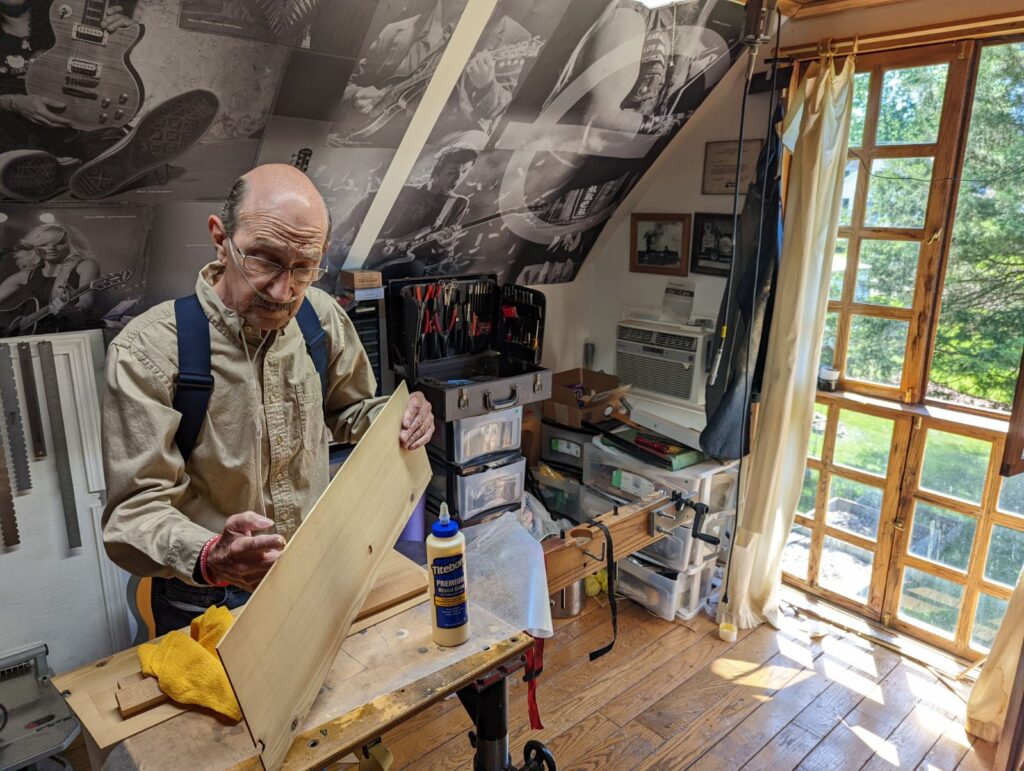
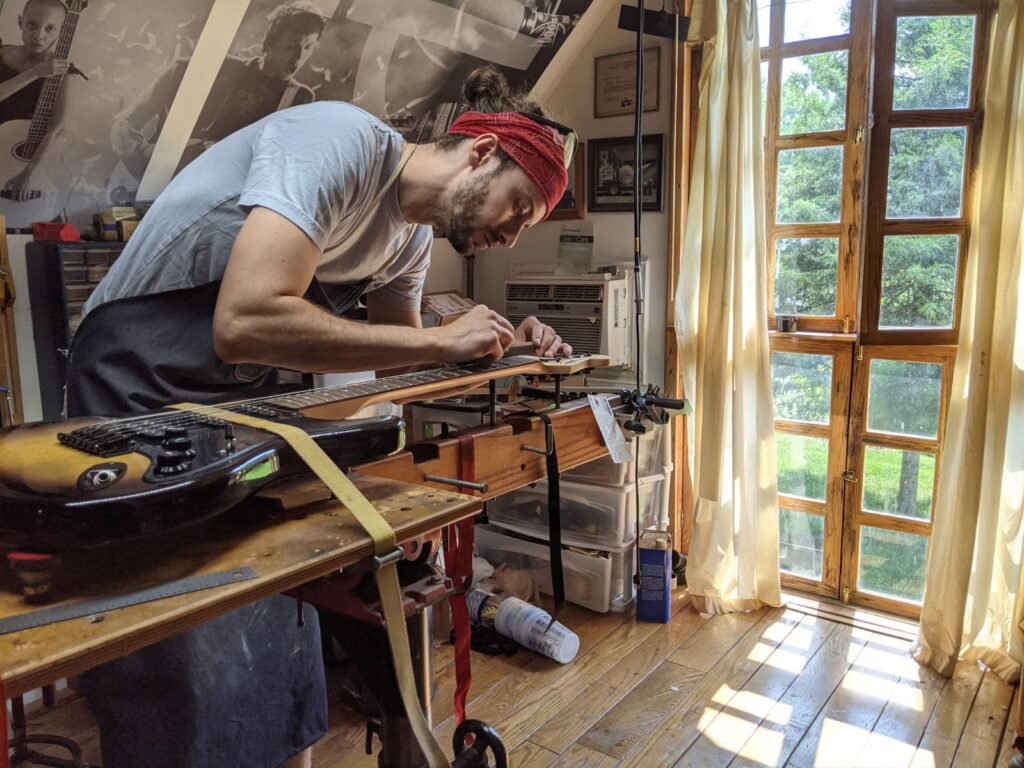
Skip and KT at the luthiery workbench.
In the final days of working in Skip’s workshop, he shared his feelings about the importance of the work that we do. He expressed that music making is a central and healthy activity for any community, and those who participate in it, despite their proficiency, are engaging in an age-old tradition that speaks to every aspect of life. From the hymnals being chanted in churches, to the front porch jams and kitchen ceilidhs. From the work and prison songs to children’s lullabies and nursery rhymes, music is an integral part of our society. Now more than ever it’s so important to keep the music alive by keeping it prevalent and accessible, for ourselves, for our future generations.
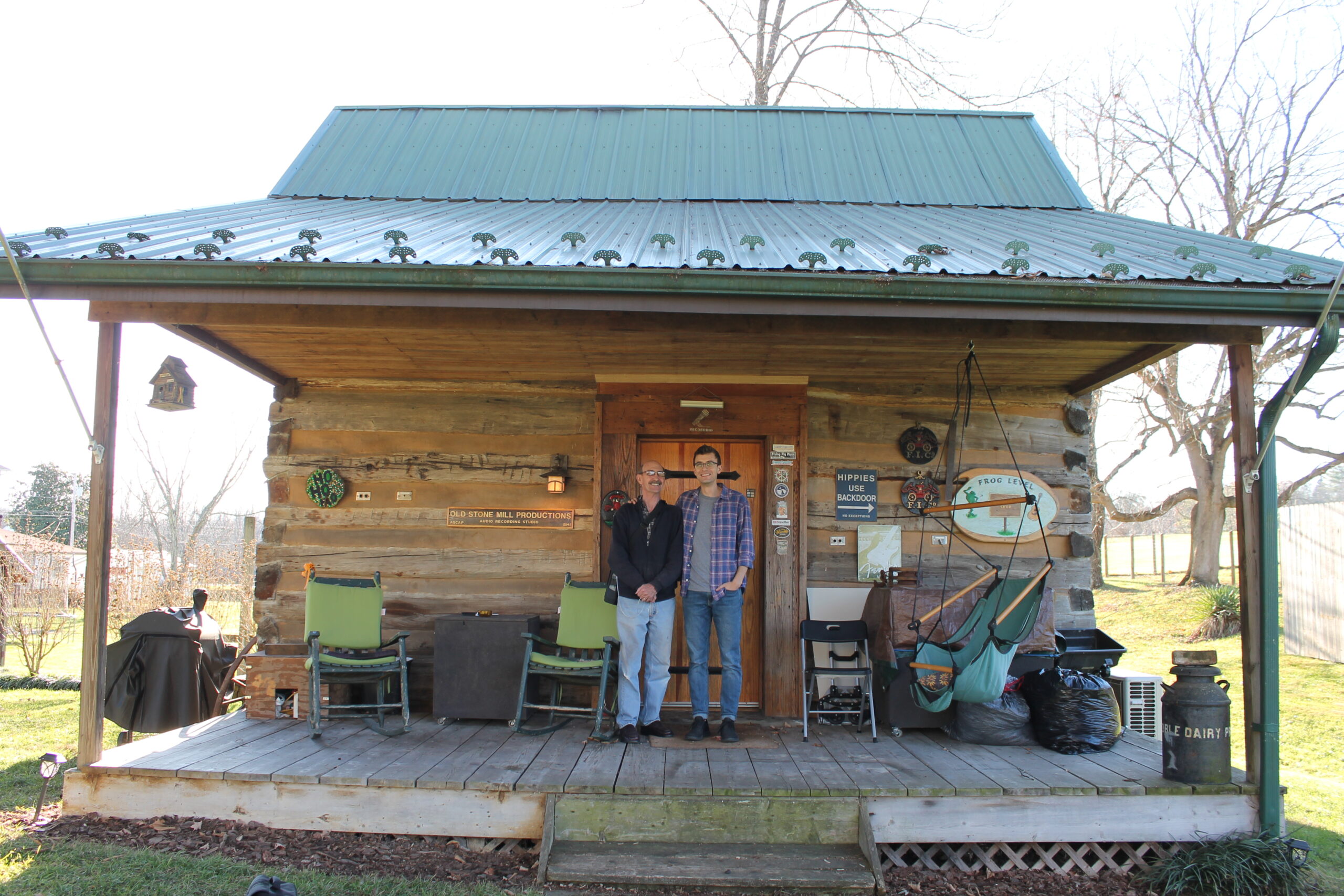
Additional Resources:
- Intergenerational learning: Proven benefits for both elders and youth
- Intergenerational Learning and Its Impact on the Improvement of Educational Processes


